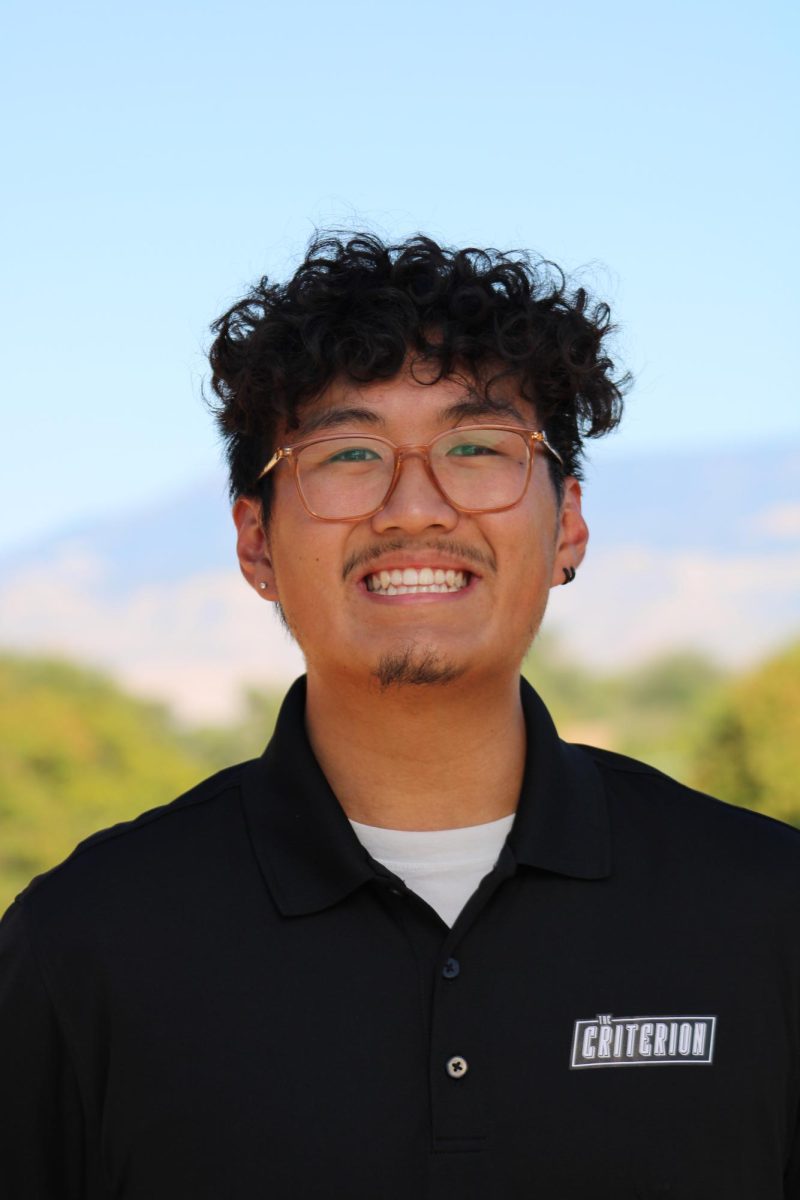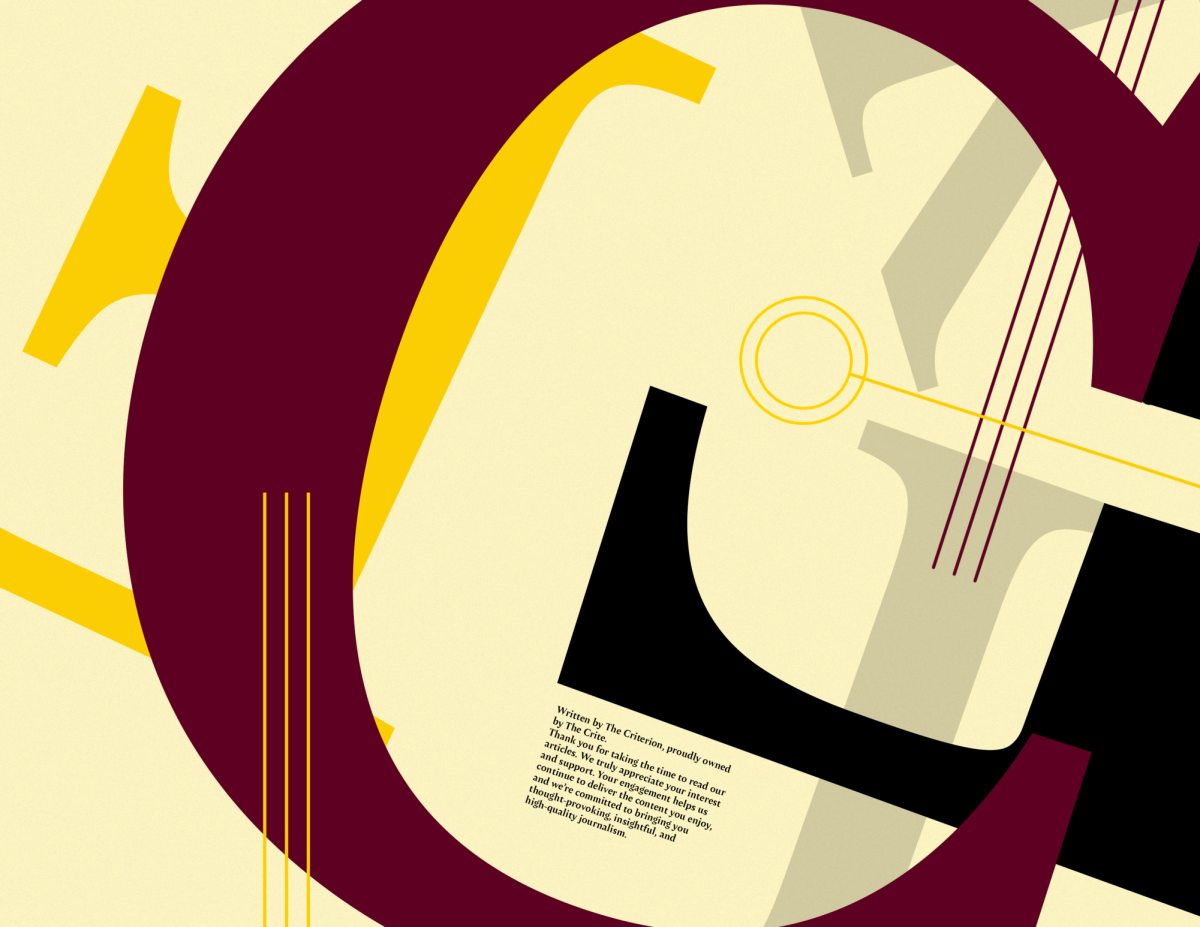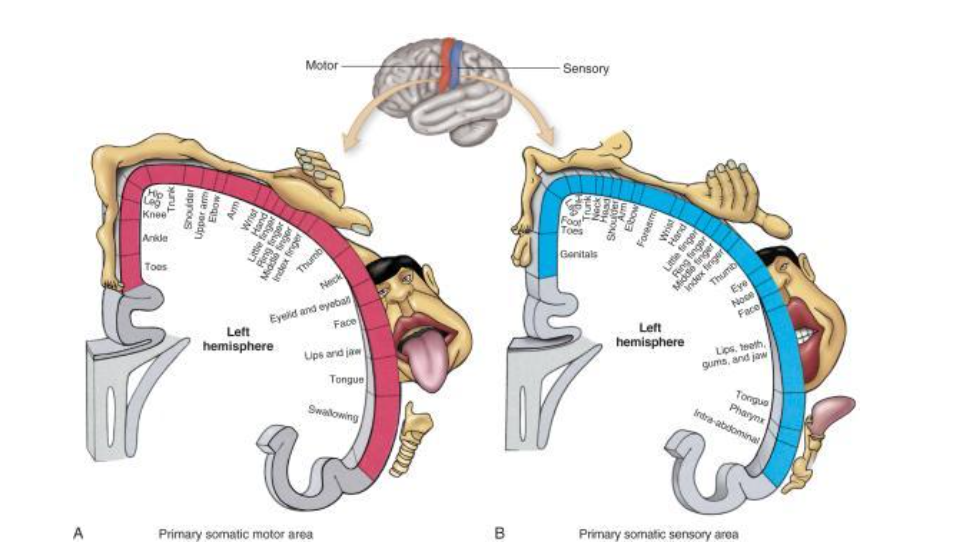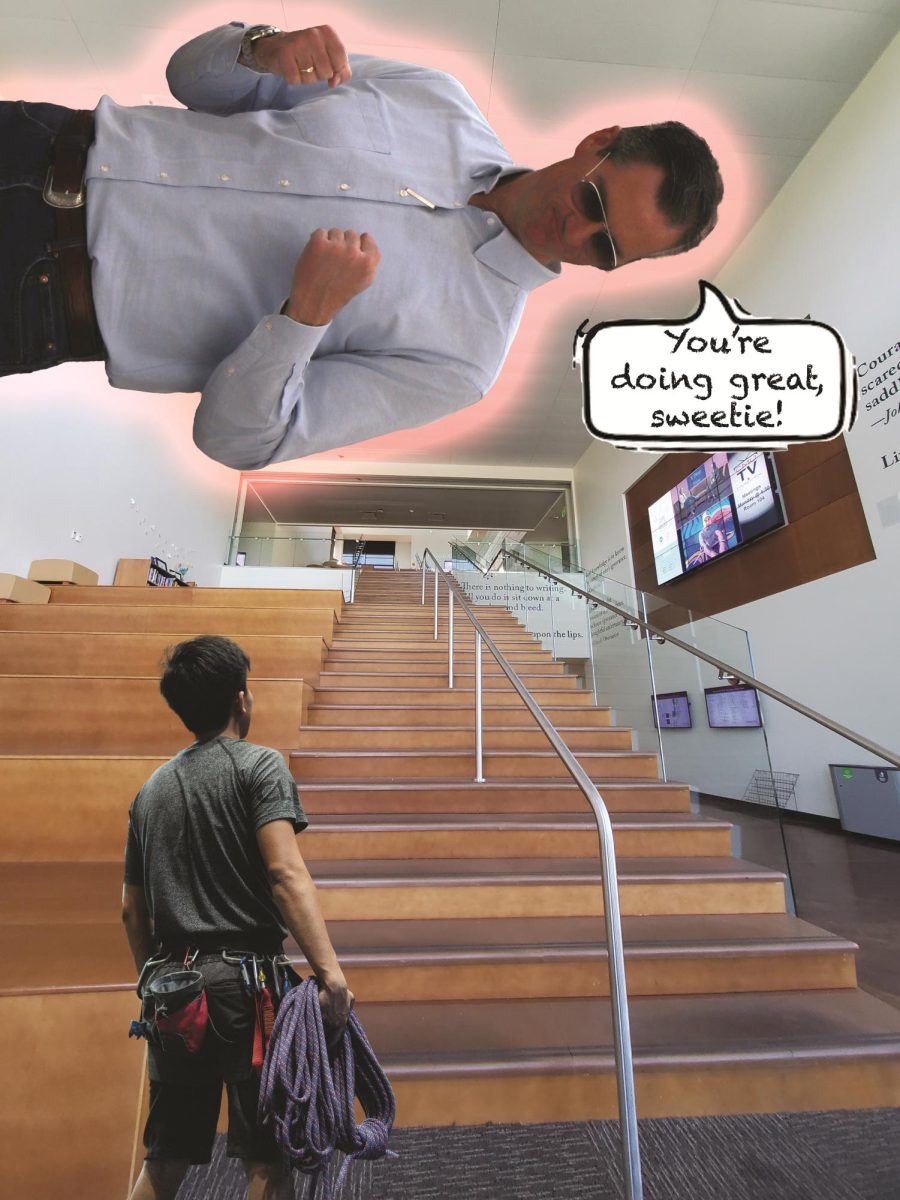Arizona is most famous for the Grand Canyon, a natural wonder of the world.
Whether it is at the rim or on the river, millions of people flock to the Grand Canyon each year to relish in its grandeur. Detailing a daring boating expedition through the mighty canyon, Melissa L. Sevigny seamlessly blends science and the feminist plight in “Brave the Wild River.”
Elzada Clover and Lois Jotter were the first two women to successfully run the Colorado River, from the confluence with the Green River to Lake Mead. Intended as a purely scientific research expedition to catalog the elusive flora of the river corridor, Clover and Jotter soon found themselves falling in love with the southwest.
Sevigny collected information from personal journals, letters, publications and National Parks Service (NPS) archives to chronologically piece together the journey of the two botanists down the Colorado River in the summer of 1938. Sevigny works as a science reporter for Arizona Public Radio and she has experience turning long-form research into palatable stories for her audience.
My fiance, Evan, gave me this book. He introduced me to rafting in the first year of our relationship and after I fell in love with the sport, we bought a raft together. He intended this book to be a way to maintain my passion for the river during the cold months of the winter off-season. It worked.
I gave this book four stars because it read like a story but I also learned so much about the science of the Colorado River. Also, the plight of Clover and Jotter is still relevant to the scientific community. Modern women in STEM are frequently underestimated and overlooked.
Clover and Jotter’s crew consisted of six people: four men whose collective river-running experience could be described as moderate and then the two scientists. They were able to mow down rapids that were at a historically high flow level. Clover and Jotter collected and identified a variety of plant species and made national headlines along the way.
Unsurprisingly for the era, the two women were met with eager dismissal from fellow boaters, journalists, friends, family and practically every other person they encountered on their expedition. Boaters, all male at the time, especially questioned the capacity of women to exist in such a rugged manner.
Clover was often portrayed as a “spinster” and Jotter as a “buxom gal” in the media. During the expedition, their scientific intention was never included in any reporting. Their frustration with this gap in their publicized story was made clear in their personal journal entries and many letters sent to family and friends at pit stops along the river.
This book is littered with legendary places, people and rapids. Names like Cataract Canyon, John Wesley Powell or Lava Falls Rapid are often met with reverence in the boating community.
Clover and Jotter were equally responsible for collecting and identifying species. No other members of their crew engaged in species collection. This was in addition to hauling cargo, and rowing in flat water, two women were solely responsible for cooking and cleaning up after all meals.
The author was intentionally careful to include the experience of Native Americans in the region during the story. This context helped parallel the grief felt by Clover and Jotter. It also helped ground the story in the harsh reality of native life at the time.
With the development of the National Park Service (NPS), native people were forcibly removed from their land and then deliberately excluded from entrance into said parks. The Havasupai, Paiute, Hualapai and Navajo people are just simply a drop in the bucket of native people displaced by the NPS.
Their botanical work is now enshrined in hallowed institutions such as the Smithsonian. They were not simply the first two women to successfully boat the Grand Canyon section of the Colorado River, but pioneers of science. Their legendary catalogs became foundational knowledge that is still referenced nearly 100 years later.








